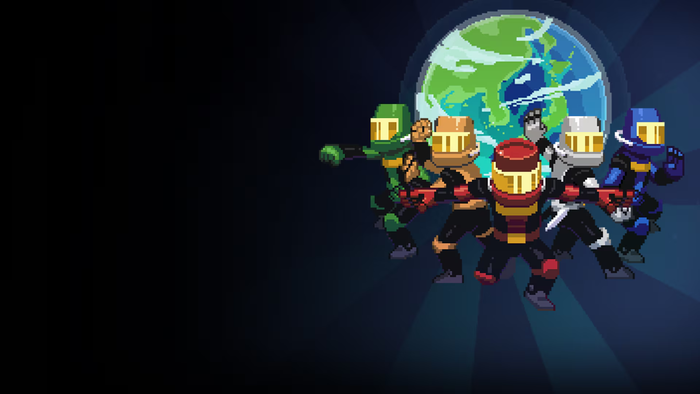How roads and roundabouts became the "backbone" of Cities: Skylines II
Colossal Order CEO Mariina Hallikainen explains how the studio built one of the sequel's most fundamental systems with an emphasis on approachability.
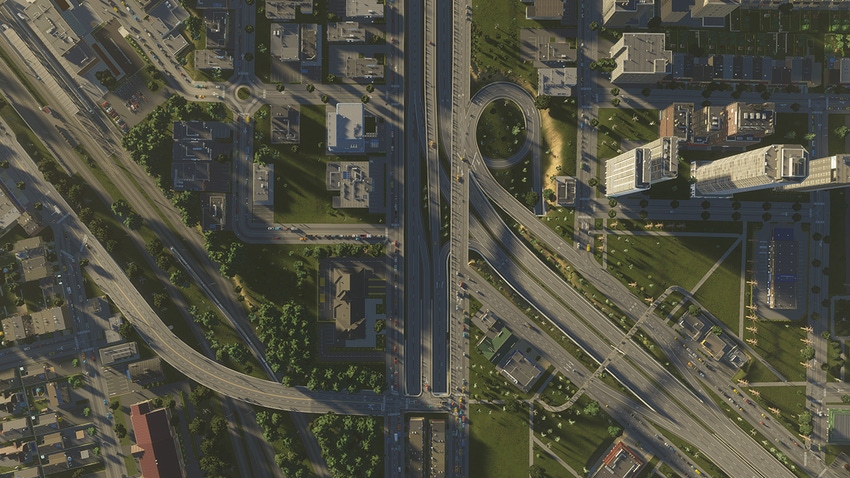
This interview has been edited for clarity. All imagery featured in this article is from an early build capture and is not representative of the final game.
"The road is where it all started," explains Colossal Order co-founder and CEO, Mariina Hallikainen, discussing how the interconnecting tracks of concrete and tarmac in Cities: Skylines II became the "backbone" of the urban simulation the Finnish studio set out to build.
After studying how people interacted with the original Cities: Skylines—which involved poring over the mods that were being created by the community—the Colossal Order team noticed players often used roads to essentially sketch out their cities and create something akin to a central nervous system. It was a realization that convinced the team roads should be far more accessible in the sequel.
"We had a clear concept in mind when creating the road tools for the sequel," says Hallikainen. "It had to be easier to use, and so we took a lot of learnings from the original game and the amazing mods that were available." With that goal in mind, Hallikainen said the team started with a core pitch and branched out organically—thinking about the types of roads that were included in the first title and their unique pain points. "With the roads that we had in the first game—there were different types like 'bus lanes'—but now you can upgrade roads and modify them [after they've been laid] so you don't have to have such a huge variation of road types that are static because you have the tools to modify them," she says.
Hallikainen notes that by drawing a clear distinction between 'roads' and 'road tools,' Colossal Order was able to devise a system (by creating a "super ugly" placeholder) that would offer players the ability to keep customizing and tweaking their cities without needing to destroy and rebuild. That made devising the tool itself more (if not entirely) straightforward, with the team focusing on allowing players to draw straight roads, curved roads, or entire symmetrical city blocks onto terrain using an intuitive drag-and-drop tool without needing to worry about what tweaks might need making as their city evolves.
"Essentially, we wanted to have 'roads' and the 'road tool,' so you don't have to start by contemplating how many different types of road you're going to need. That allows players to start with a simple vision while we guide them with helper lines that account for things like steepness, angles, and crossings," she continues. "We had a huge amount of help from the community if you think about how much feedback we've received over the past decade."
In Cities: Skylines II, roads (but not highways) have also been given the ability to carry and disperse various utilities like power and water to buildings connected to them. Hallikainen says that change was a quality-of-life tweak designed to make the entire experience more accessible, removing the need for "tedious chores" that might have previously required players to keep building the same thing over and over again.
Complexity derived from simplicity
Hallikainen says the prototype road tool that informed the system players will use in-game was one of the earliest things Colossal Order created for the sequel, and describes seeing it in action for the first time—watching as roads snapped into place while automatically accounting for elevations in the terrain and other variables—as a "transformative experience." As impactful as that prototype was, it still required iteration.
"I think the biggest challenge with the roads is that there are just so many different ways to place them, so there were a huge amount of visual glitches," she continues. Hallikainen says that on occasion, placing a road might result in "textures completely exploding" or the creation of a void in the world that leads to "nothingness." Those are the kind of unnatural disasters that might leave both players and their virtual residents slightly mortified, and Hallikainen concedes the tool was still a little "wonky" until recently.
"To be able to fix all the cases where things can go wrong was a huge undertaking. I'm pretty sure we haven't solved all of those problems and we'll probably continue working on it for a very long time," she explains, noting that Colossal Order fully intends to keep fixing issues as they're raised by players after Cities: Skylines II has launched. So far, quashing those bugs has been the result of intensive QA testing.
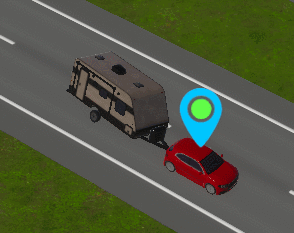
"Some vehicles also seemed to react to invisible bumps on the road."
"There are two types of QA testing [we've used]. We have people dedicated to just trying to break the tool, so they're just building roads in all sorts of ways. Then we have playtesting, when some issues may naturally occur and then we fix it," she adds. Hallikainen believes that testing is perhaps the "biggest" challenge for a title like Cities: Skylines II, which provides players with an abundance of options and freedoms. "It's almost impossible to have [the game] 100 percent polished in a way that eliminates all bugs," continues Hallikainen. "What I am expecting is that we'll get reports from players after they've gone hands-on with the game and then we'll continue fixing those glitches as they appear—but I hope we've caught all of the most obvious ones."
To provide you with some context as to how much variation is afforded by roads alone, Cities: Skylines II players are able to create small roads, medium roads, large roads, and highways. Each of those categories comes in multiple forms, such as two-way roads, one-way roads, and other asymmetrical variations. There are also elevated versions of each roads, while connecting different-sized roads can create unique intersecting options—such as the ability to create entry and exit ramps for highways.
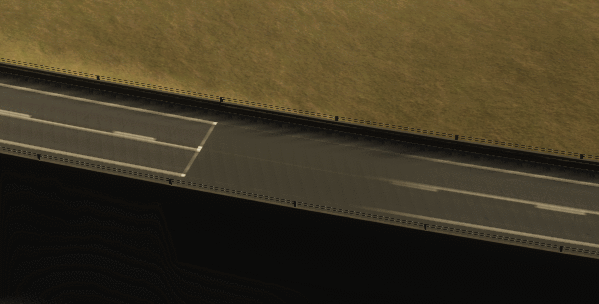
"Making games is hard."
Making that rich palette of possibility accessible meant allowing players to essentially define their own difficulty curve by ensuring the simplest road could go the distance. "You can choose a road type and build your entire city with that and get the city functioning," says Hallikainen. "You'll have some problems but the game is quite kind to you in the beginning. Then players will have the opportunity to learn and start to finesse."
Hallikainen believes Cities: Skylines attracts two types of players: those who actually care about how their city looks and want to create a visual utopia, and those who focus solely on the simulation and want to achieve urban equilibrium whatever the cost. Ensuring players aren't required to obtain an encyclopedic knowledge of roads and all their forms to create a functioning city means they can indulge their own particular whims. "If you don't ever want to build an elevated road, you don't have to. If you don't want to build tunnels, you don't have to," she says. "The idea is that you can start with the basics and begin exploring whatever interests you—that's why roundabouts are a lifesaver for me. You can just drop them anywhere and the traffic [flow] becomes so much smoother."
The magic roundabouts
There is it. The magic word. Roundabouts. Da Vinci had the Mona Lisa. Michelangelo had the Sistine Chapel. Shakespeare had Hamlet. Colossal Order has roundabouts. Unable to properly implement them in the original title due to technical limitations related to the road tools themselves and traffic AI, the Finnish studio made mastering roundabouts in the sequel a "non-negotiable."
Chiming in briefly during a follow-up interview over email, Antii Lehto, the programmer responsible for making roundabouts tick, said the most complicated aspect of developing the feature was generating the traffic lanes "when roundabouts can have an arbitrary number and type of road connections." He also explained that, in the original title, roundabouts simply wouldn't have worked without a "massive rewrite" because including them wasn't even considered a possibility at the beginning of production.
Learning from those past mistakes, Hallikainen says Colossal Order almost immediately began prototyping the tool by looking at how the traffic AI and road tools could work together in a way that was "smarter" and "more grounded in realism."
"We knew that for Cities: Skylines II we'd have newer tech, so we could actually spend a bit more performance on the traffic AI. That's something that definitely played a part in the building of the entire road tools," she says, noting how when players build roads they're almost creating a "pathfinding" routine that will allow citizens to move around.
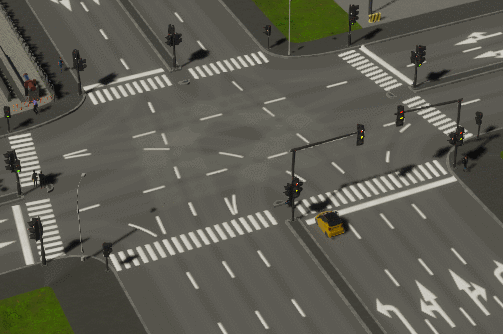
"Getting the roads and traffic AI working together seamlessly was a challenge."
"Working from that, just to have the simplest roundabouts required a bunch of considerations." Hallikainen explains how replacing a roundabout with a normal intersection would necessitate changes to the existing roads and how they connect. "It's more about the visual representation that required a huge amount of work to make happen, because the traffic rules are quite simple in real life. The complexity comes from the visual representation and getting the traffic AI working in a smarter way."
On the visual front, Hallikainen says that a roundabout is quite a unique shape and size when contrasted against most intersections, so ensuring players could "plop" them in and modify assets in a way that still looked natural (and didn't break anything) required a lot of trial and error. Again, it was about trying to pre-empt a myriad of permutations. Would players attempt to place a roundabout on an incline or in the middle of a bustling business district? Possibility, as Hallikainen expressed before, meant potential problems, but she's confident the team was able to account for a lot of those outcomes. "You can place a roundabout on a slope and it shouldn't break," she reassures us.
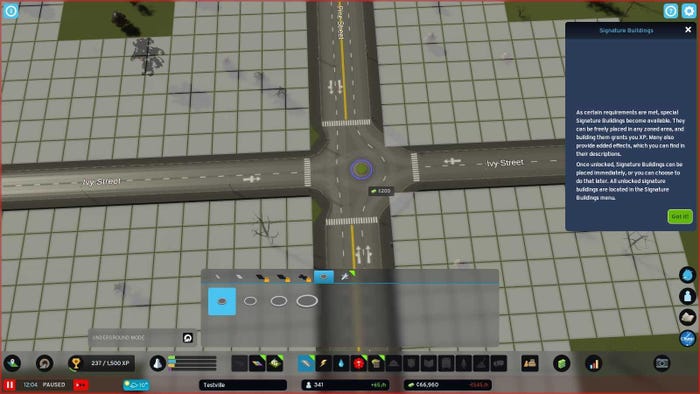
"Roundabouts required a fair amount of work to make them connect to the roads nicely"
As for the traffic AI, being able to harness more processing power was a huge win and helped address one of the big criticisms leveled at the original game. "I remember with Cities: Skylines we had a player ask 'why can't the traffic be smarter, it's just one line of code?' And we were like, 'yes, but when you put that line of code in the game won't run anymore,'" she says. Outlining what makes the traffic AI smarter this time around—and therefore capable of understanding what right of way means when confronted with a roundabout—Hallikainen explains that cars can now change lanes or reroute themselves in transit.
"Now there are traffic accidents that can block entire roads, and the cars won't simply disappear like they would in the first game—where if they saw there was no way out they would just vanish and end up at their destination, which was essentially our failsafe," she continues. "In the sequel the AI is smarter in such a way that they can alter their route, so when there's an accident or traffic jam they can change lane or even do a U-turn and find another way.

"Everyone headed to the same spot. Some are slightly confused about the traffic rules. At least multiple lanes are used, even if the direction was not 100 percent accurate."
The reality that innovating on complex tools and systems like those present in Cities: Skylines II might also mean shipping a project could be perceived as somewhat janky was difficult for Colossal Order to accept. Hallikainen says the ambition is always to have as much polish as possible, but admits that with the "variations" present in the road system specifically, "there are a lot of things that can go wrong."
"You have to accept that," says Hallikainen. "That's why we have producers who aren't creative. I think it's important to have that support in the studio. To have people who say 'it's okay to stop polishing at some point' and you have to just let it go. You have to get the product out there, and with us having the mentality that we're going to work on this game for the long haul. We're extremely eager to start hearing the feedback from players so we can keep iterating."
Read more about:
FeaturesAbout the Author(s)
You May Also Like


